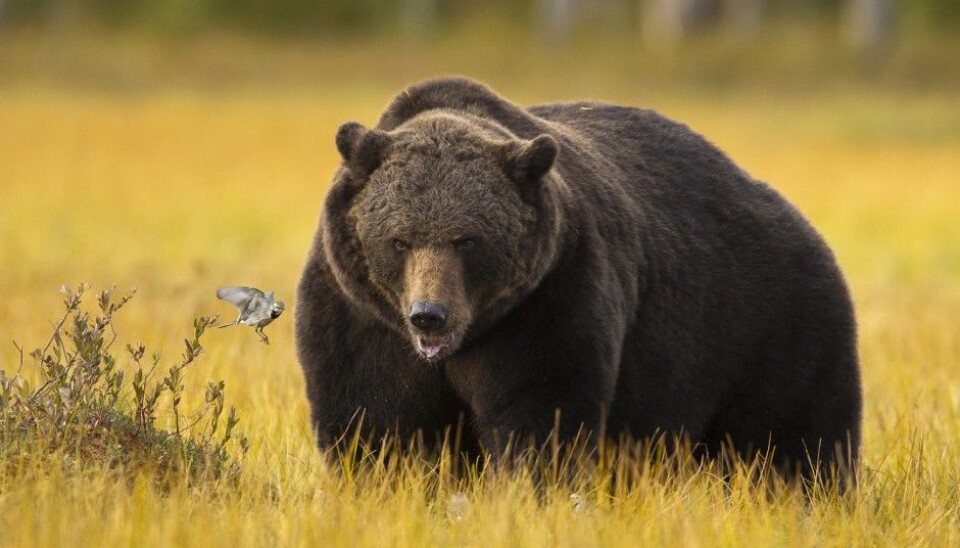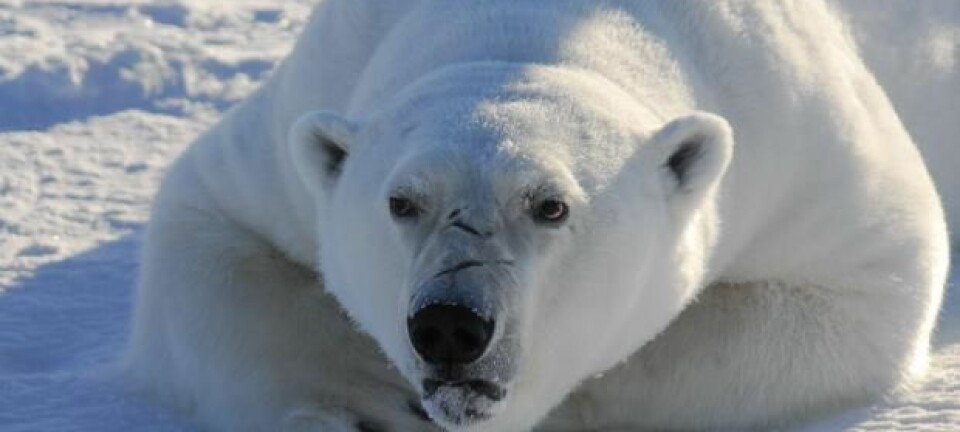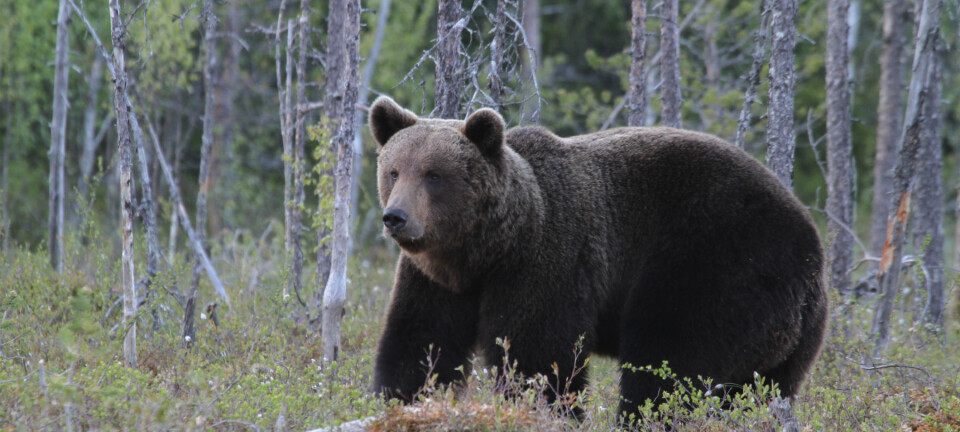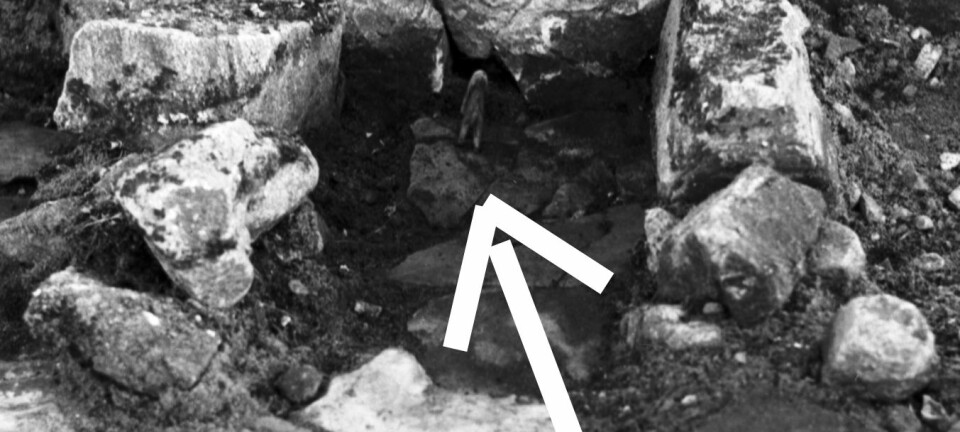
Why bears can be obese and healthy
Bears put on huge amounts of fat, but don't suffer from heart problems and diabetes. Researchers think that the animals’ gut microbes might provide an explanation.
The free-ranging brown bear (Ursus arctos) is a fascinating animal. It spends up to six months a year hibernating, sleeping outdoors without food or drink. That feat in a heavy mammal requires a large amount of stored energy.
So bears have to use the summer half of the year to get as plump as possible. But contrary to us, they do not seem to risk the strong association we face between overweightness and insulin resistance and other obesity health problems.
What’s the bear’s recipe for rapid weight gain and healthy rotundity rather than morbid obesity?
A team of scientists thinks a large part of the answer involves the micro-organisms in their intestinal tract.
Extracting more calories
It’s not so puzzling that even modern researchers look to the entrails for answers. Studies have shown that gut bacteria can help animals draw out extra energy from the food they eat.
Felix Sommer of the University of Gothenburg in Sweden and his colleagues have analysed bacteria samples from bears in summer as well as winter. There is a big difference in microbiota from one season to the next.
The summer flora contained the type of bacteria known to extract more calories out of food. Perhaps these microorganisms help the bears to gain weight? Is it possible that they also help curtail the negative side-effects of all this production of fat?
The scientists conducted an experiment to see what impacts the bacteria were making.
Mice with bear bacteria got fatter
The scientists transferred bacteria flora from bears in winter hibernation as well as bears in summer to lab mice that were cultivated to be germ-free.
It turned out that the mice which were given the summer flora of bacteria gained weight more readily. They also appeared to be safeguarded against some of the negative effects of obesity.
Via the bacteria, the mice seemed to have taken on some of the characteristics of the bears.
However, whereas the environment and genetic factors of cultivated lab mice can be fairly well controlled, the experiment could not replicate variables relating to diet and living conditions of bears in the wild during an entire summer season.
That said, the preliminary conclusion of the researchers is that the nature of gut bacteria flora seems to have a role here, even though the full explanation for the healthy obesity of bears entails more than that.
Once again, research points to the need for further research. But this is particularly intriguing because knowledge about the way a bear tackles fat could help us in our battle against our own obesity-related health problems.
-----------------------------------
Read this article in Norwegian at forskning.no
Translated by: Glenn Ostling









